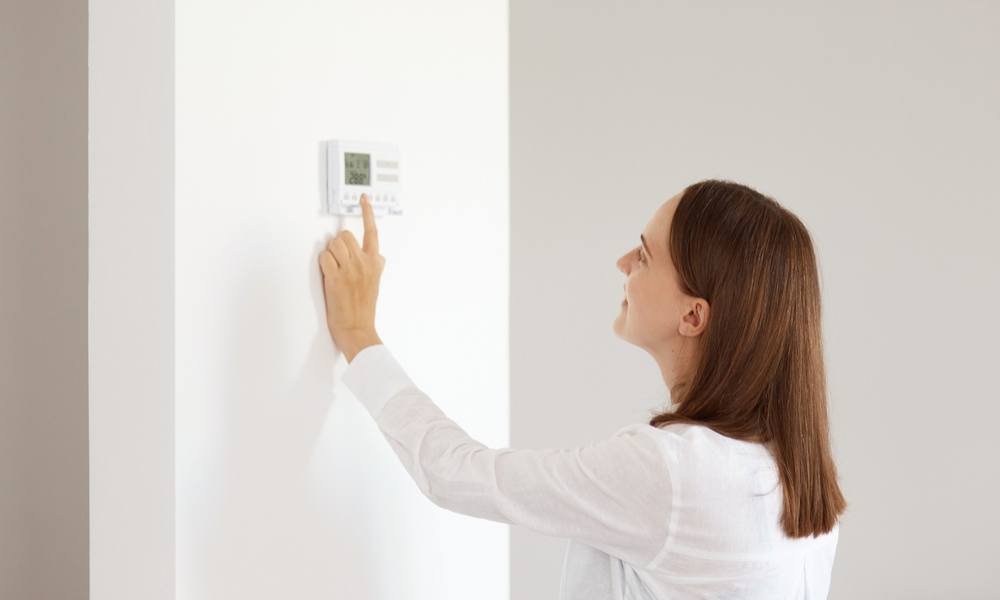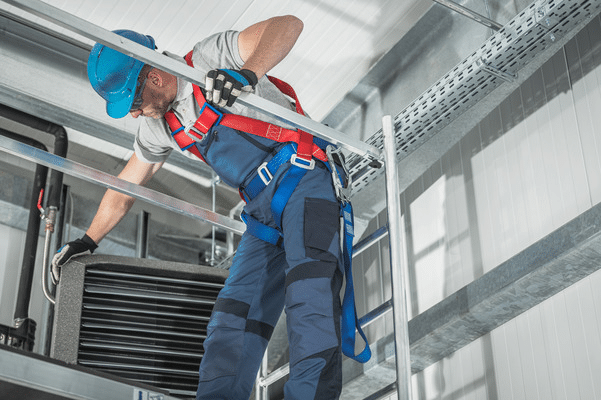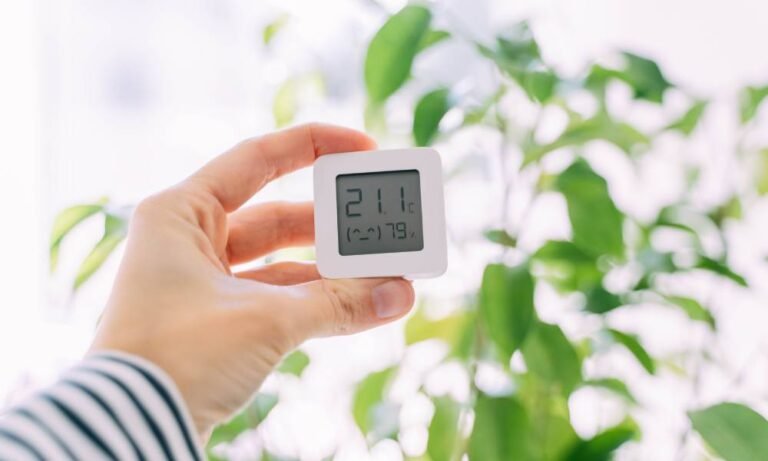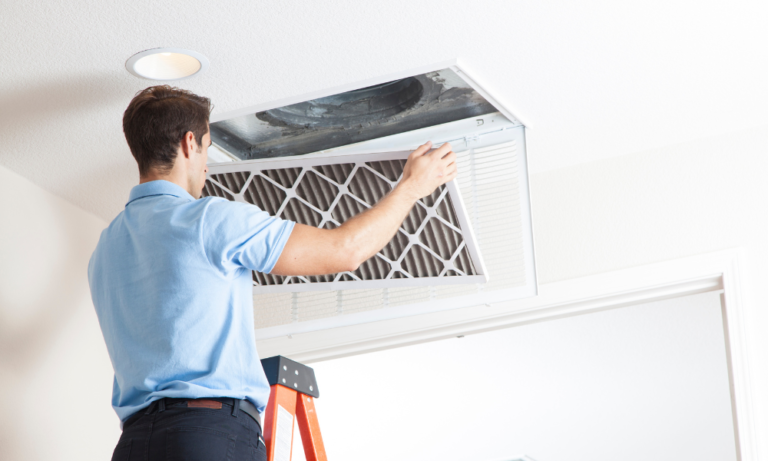Estimated reading time: 5 minutes
Finding a balance between comfort and energy efficiency at home can sometimes feel tricky. Luckily, programmable devices have made it much easier to take control of your home’s temperature without constantly adjusting the settings. These tools are efficient, practical, and offer a range of features that make your home more comfortable while helping you save money.
This article will walk you through what these devices are, how they can benefit your household, and why they’re a smart investment.
What is a Programmable Thermostat?
Let’s start with the basics. These modern devices allow you to pre-set temperature changes based on your schedule. Whether you’re at work, asleep, or home relaxing, the thermostat adjusts automatically, maintaining the ideal climate while reducing unnecessary energy use.
For example, instead of leaving your heating or cooling running all day while you’re out, you can schedule it to turn on shortly before you return home. This kind of automation isn’t just convenient—it’s cost-effective, too.
Key Benefits of Programmable Thermostats
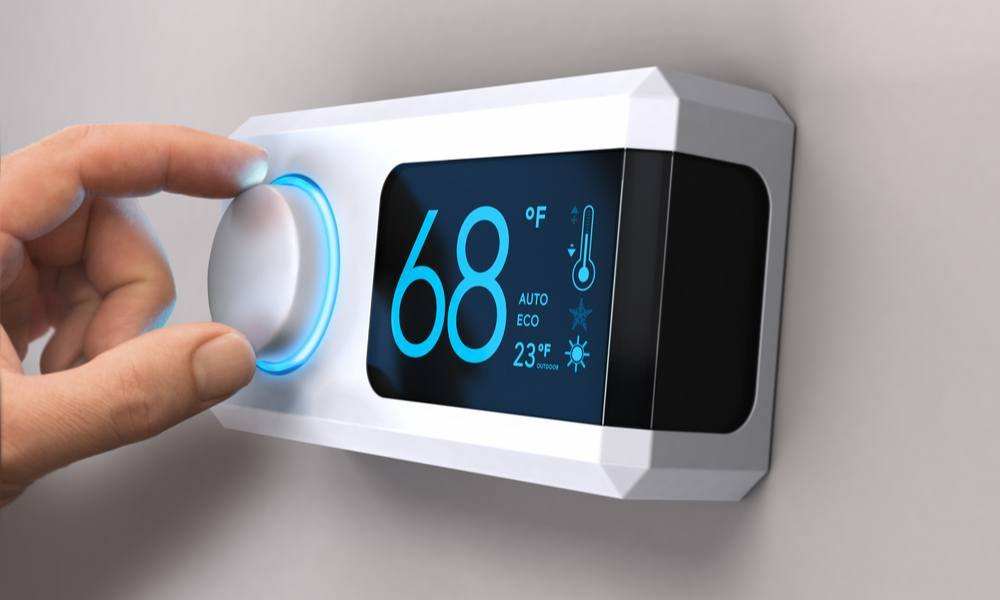
1. Lower Energy Consumption
It’s easy to waste energy heating or cooling an empty house. These devices address that by giving you precise control over when your HVAC system runs. By programming them to operate only when needed, you can significantly reduce energy use.
Imagine the savings from simply setting the temperature lower during the winter while you’re sleeping under warm blankets or higher in summer when no one is home. This small adjustment can have a big impact on energy bills.
2. Cutting Costs on Utility Bills
Reducing energy consumption leads to lower costs, plain and simple. Heating and cooling are major contributors to utility expenses, so optimizing when and how these systems run can save you hundreds of dollars annually.
Think about how much you could save by:
- Lowering the temperature when no one is home.
- Avoiding unnecessary heating or cooling during vacation periods.
- Optimizing the system to run during off-peak hours when energy rates are lower.
Over time, these savings add up, making a programmable solution an investment that pays for itself.
3. Tailored Comfort
No one wants to wake up to a freezing house in winter or come home to a sauna during summer. With programmable models, you can schedule settings that match your daily routine.
For example:
- Warm up your home just before you wake.
- Cool it down in the evening as you settle in to relax.
- Adjust settings for weekend versus weekday schedules.
This flexibility lets you enjoy personalized comfort without manual adjustments.
4. Modern Features for Maximum Convenience
Many of today’s models come with advanced features that make life even easier:
- Remote Access: Manage your system from anywhere using a smartphone app. Forgot to adjust it before leaving? No problem—just log in and tweak the settings remotely.
- Learning Capabilities: Some models can analyze your habits and adjust automatically over time, saving you the hassle of constant programming.
- Voice Control: Integrations with devices like Alexa or Google Assistant let you adjust settings with simple voice commands.
These features not only add convenience but also enhance efficiency by aligning your system with your specific needs.
5. Eco-Friendly Choices
Energy efficiency isn’t just about saving money; it’s also about protecting the planet. By optimizing when and how much energy your HVAC system uses, these thermostats help reduce the demand on power plants.
The result? Lower greenhouse gas emissions and a smaller carbon footprint. It’s a win-win for your wallet and the environment.
How to Choose the Right Device
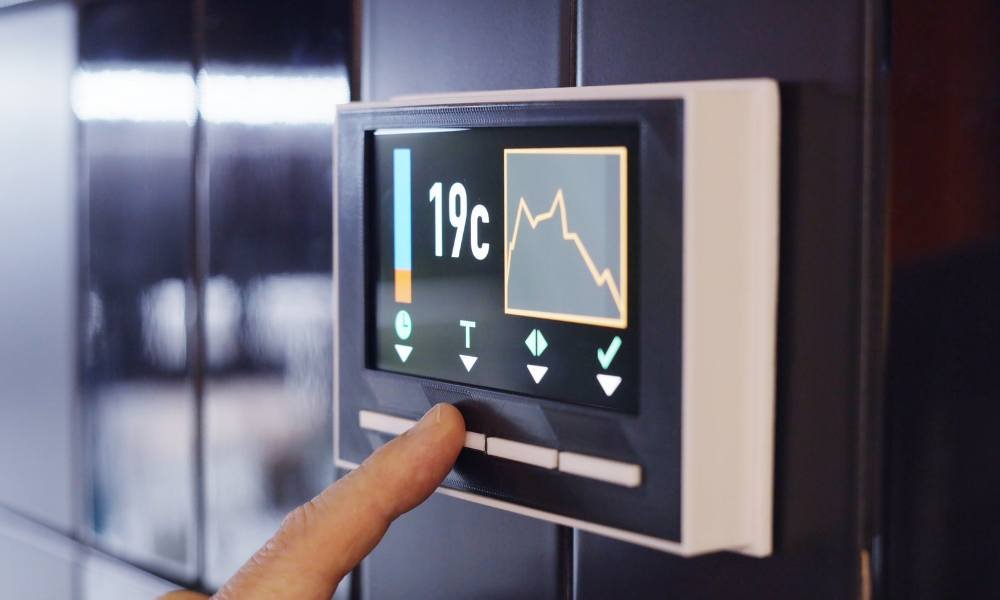
Choosing the right thermostat doesn’t have to feel overwhelming. Keep these tips in mind:
1. Check Compatibility
Not all devices work with every HVAC system. Before purchasing, make sure the model you choose will integrate seamlessly with your existing setup.
2. Consider Your Lifestyle
Do you follow a predictable schedule, or do your days vary? For consistent routines, a basic programmable device might work perfectly. If you need more flexibility, look for models with remote access or adaptive learning features.
3. Professional Installation
While some models are DIY-friendly, professional installation ensures proper setup and optimal performance. This step can save you time and potential headaches down the road.
Debunking Common Myths
You might have heard a few misconceptions about these devices. Let’s clear the air:
- “They’re hard to use.” Modern designs prioritize user-friendliness, making it easy to program schedules and adjust settings.
- “They don’t actually save money.” Numerous studies show that optimizing energy use with a programmable device leads to noticeable savings.
- “They’re too expensive.” While the initial cost might seem high, the long-term savings on energy bills often offset it.
Maintenance Tips
To get the most out of your thermostat, keep these tips in mind:
- Keep it clean: Dust can interfere with sensors, so wipe it down regularly.
- Update schedules: Adjust your programming as your routines or the seasons change.
- Check for software updates: Some models with Wi-Fi capabilities may require periodic updates for peak performance.
By maintaining your thermostat, you ensure it continues to work efficiently and effectively.
Why It’s a Worthwhile Investment
Investing in a programmable thermostat isn’t just about convenience. It’s about creating a smarter, more efficient home. These devices make it easier to save money, reduce energy waste, and enjoy a comfortable living environment—all with minimal effort.
Final Thoughts
Your home should be a haven of comfort and efficiency, not a source of stress over high energy bills. A programmable thermostat simplifies temperature management, so you can focus on what matters most: enjoying your space.
Whether you’re looking to save money, reduce your carbon footprint, or simply make life easier, upgrading to one of these devices is a practical, impactful choice. So why wait? The path to a smarter home starts with a simple change—and it’s one that pays off in more ways than one.
